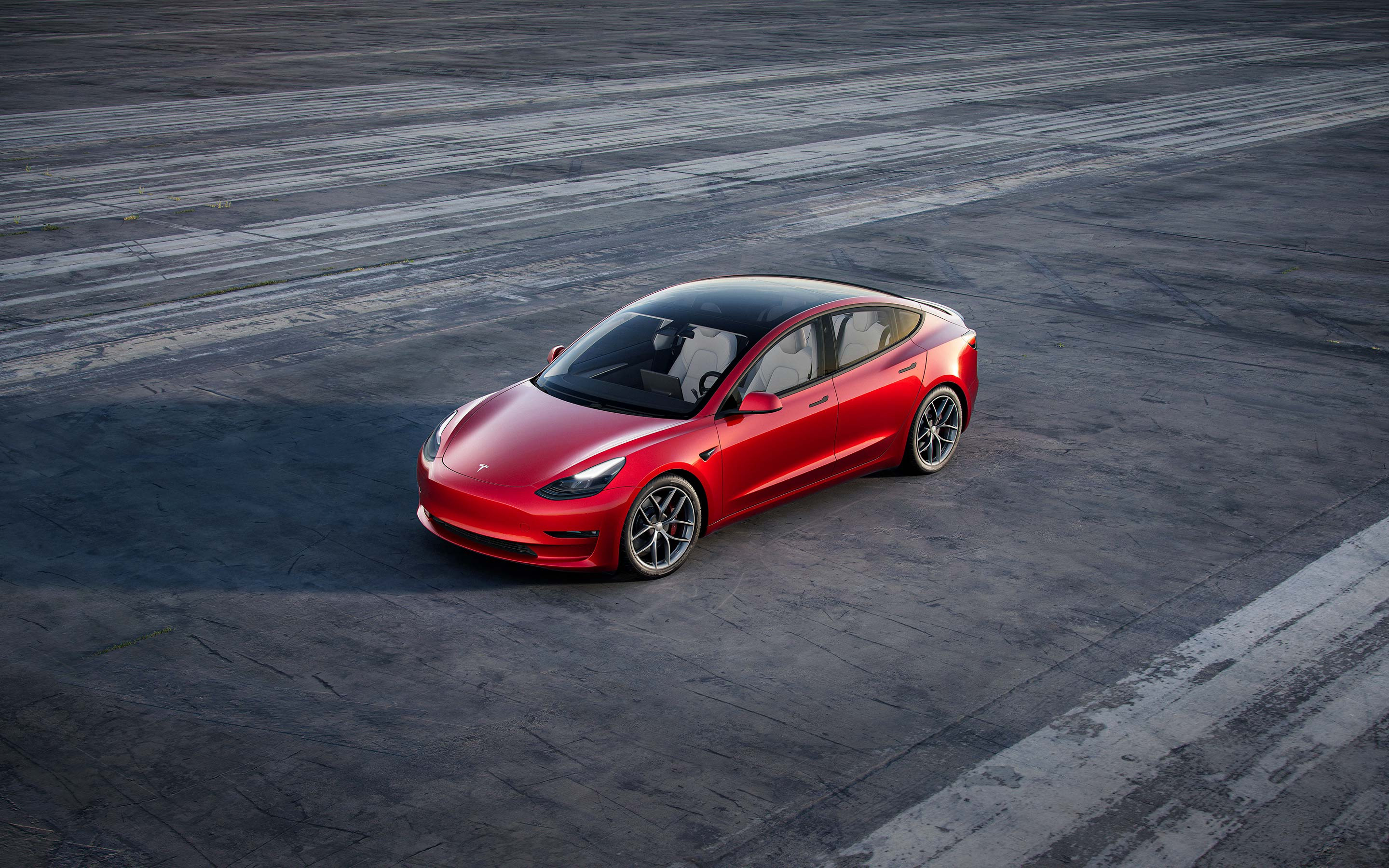On December 20th, as Elon tweeted “Tesla will update the FSD preview during the holiday and will also add two new games, Stardew Valley and Lost Backgammon,” everyone speculated whether this would finally achieve autonomous driving on city roads.
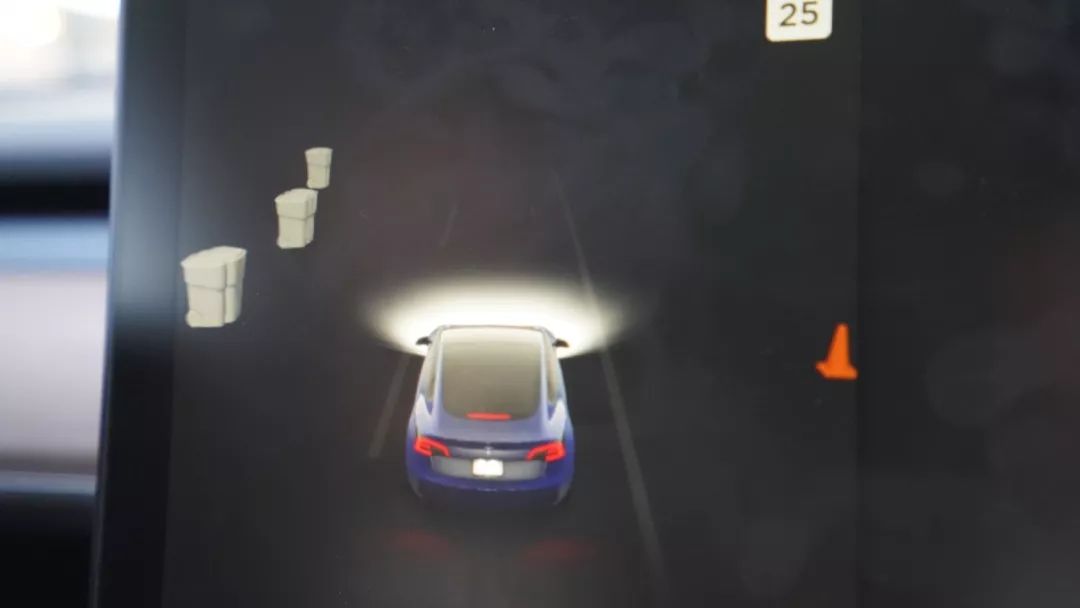
Three days later, some US Tesla owners received the push of version 2019.40.50, although autonomous driving on city roads was not achieved. However, models equipped with HW3.0 can already recognize traffic lights, various road signs, bike lanes, and even garbage cans.
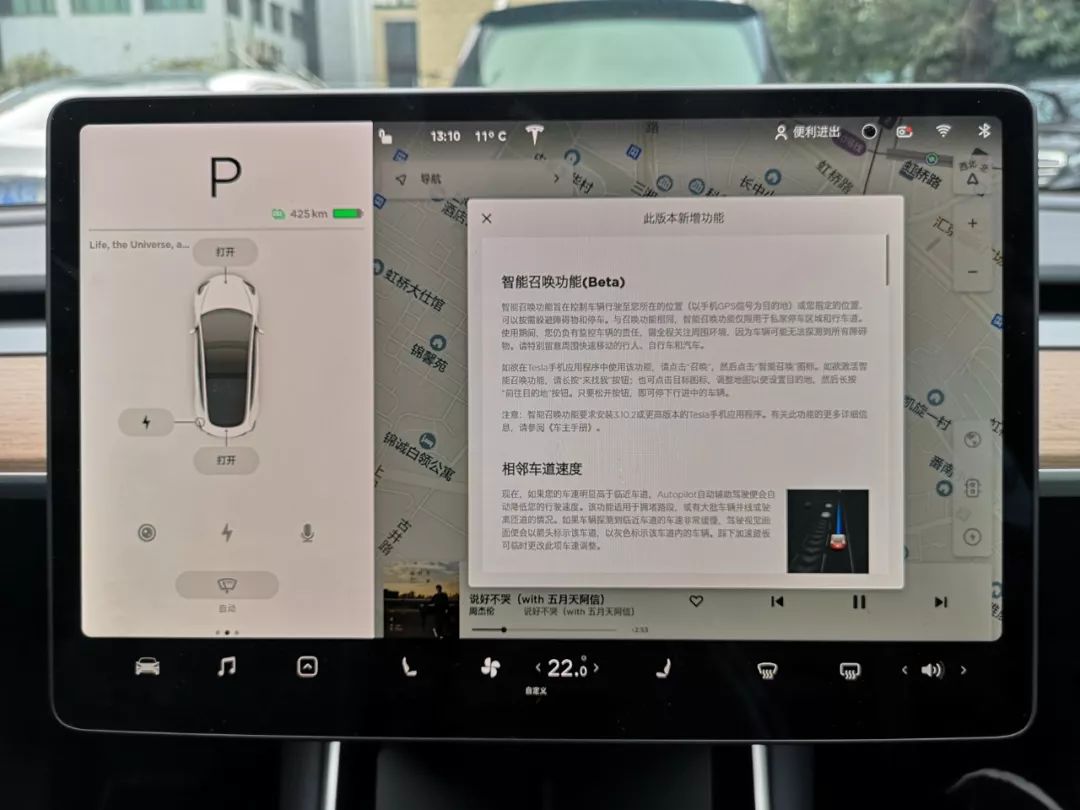
While American Tesla owners were excited, Tesla also pushed version 2019.40.50 in China, bringing a Christmas gift to everyone. Of course, there was no improvement in the above-mentioned visual recognition display, but finally, we have the intelligent summon function.
To briefly explain what intelligent summon is, it responds to the driver’s mobile App summoning from any location in the parking lot, and the vehicle can automatically drive to the target location.
Intelligent Summon or Stupid Summon?
Let me describe what I looked like when I first used intelligent summon- Wow! Oh…ah…
First of all, the good parts:
-
The driving speed on an empty road is faster than expected. I thought it would crawl slowly, but it was quite fast. The first time I tried it, because the driving speed exceeded my expectations, I was afraid of crashing and released it twice (manually stopped).
-
If the vehicle needs to make a turn, the system will automatically signal.
-
As soon as an obstacle is detected, it will immediately stop, and the response speed is very fast.
-
The system will adjust the driving route in real-time based on the surrounding environment, and it can really succeed in driving to the target location.
Then the problems:
-
Logical issues. When planning the driving route, the vehicle only chooses the nearest route and does not recognize ground markings, so some “unusual” routes may occur.
-
When there is a situation where a U-turn is needed, the vehicle’s requirements for the site are relatively high. It’s basically impossible in narrow environments, where the vehicle will be stuck.
-
If the entire summoning process continues for a long time, there will be (multiple) interruptions in the middle of the summoning.* Even when attempting in an open area, there may be positioning drifts, and once there is drift, it is basically impossible to drive the vehicle to the target position.
I originally wanted to summarize it for everyone, but as I watched the video, I suddenly thought of a melody in my mind.
One step, two steps, one step, two steps
One step at a time, like minions
It’s the devil’s pace
It’s the devil’s pace
…

Isn’t this the legendary “one fierce operation, still standing still when you look closely”?
Many people believe that smart summoning is too useless except for showing off, after watching the video and the description above.
In fact, smart summoning is a necessary step for achieving fully automated driving, and it is a very difficult step. This is also why there are so many L2-level assisted driving systems on the market, but only Tesla has smart summoning.
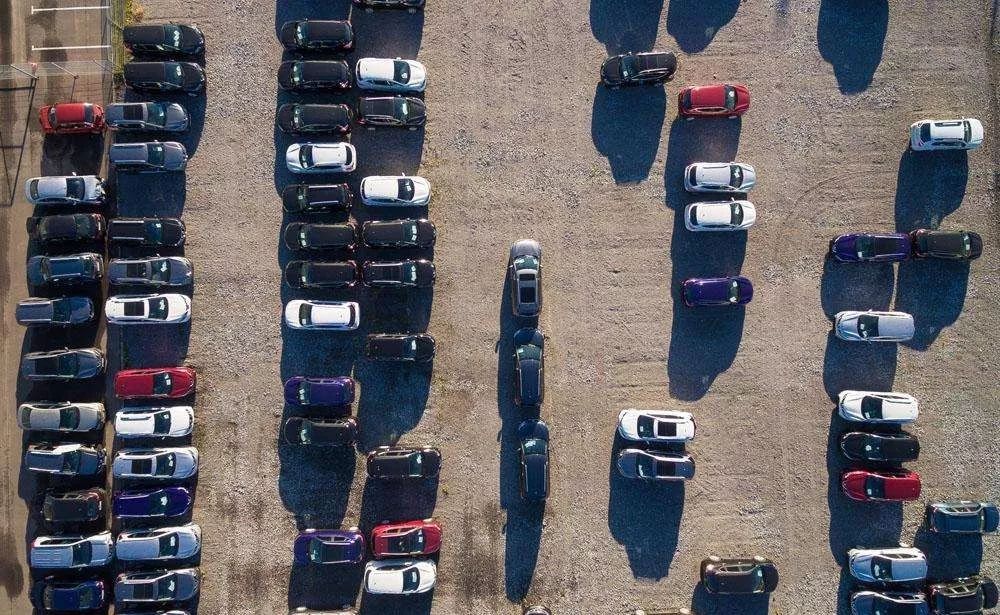
Many people mistakenly think that smart summoning should be easy in low-speed and semi-enclosed scenarios, but in parking lots, it faces the challenge of sensing various vehicles, pedestrians, narrow roads, and detecting unknown objects. Although the speed is lower, the sensing level challenge is much higher than that of enclosed high-speed scenarios. Moreover, at the control level, low speed requires more precise vehicle start-stop and speed control, and a powerful sensing, decision-making, and control capability is indispensable.
Although the current version of the smart summoning function is not satisfactory, I believe that as it continues to be upgraded and optimized through OTA updates, the smart summoning function will definitely continue to bring us surprises. Maybe then my reaction will be “Wow! I am amazing! This is also possible?”
Why do I say that?
Because Tesla is constantly evolving. Taking Model 3 as an example, it is even exaggerated to say that the Model 3 at the beginning of this year and the current Model 3 are already quite different.
Changes in Model 3 over the Year
As of now, Model 3 has appeared in eight major version updates for new features or major optimizations this year (there are a total of 10 major version updates, of which 2 are optimizations, so they are not shown in the figure).
 In the eyes of many, OTA is only used to fix the original software defects of vehicles. However, as can be seen from the above figure, the capabilities of OTA far exceed your imagination.
In the eyes of many, OTA is only used to fix the original software defects of vehicles. However, as can be seen from the above figure, the capabilities of OTA far exceed your imagination.
Even if many friends have no interest in intelligence, Model 3 still has significant changes in terms of driving. After two power upgrades, for example, in our rear-wheel drive long endurance version, the acceleration from 0 to 100 km/h has been reduced from a previous 5.3 seconds to 4.9 seconds.
In addition, the newly added stop mode allows the vehicle to automatically decelerate to a stop after releasing the accelerator pedal, not only truly achieving single-pedal mode but also further reducing energy consumption, also increasing the range.
This is really more powerful and long-lasting…
In terms of car entertainment systems, early Model 3s had fewer functions and almost no corresponding localization optimization, and the experience was relatively poor. However, with the addition of new features, whether in terms of convenience, safety, or entertainment, the Model 3 system has become increasingly perfect.
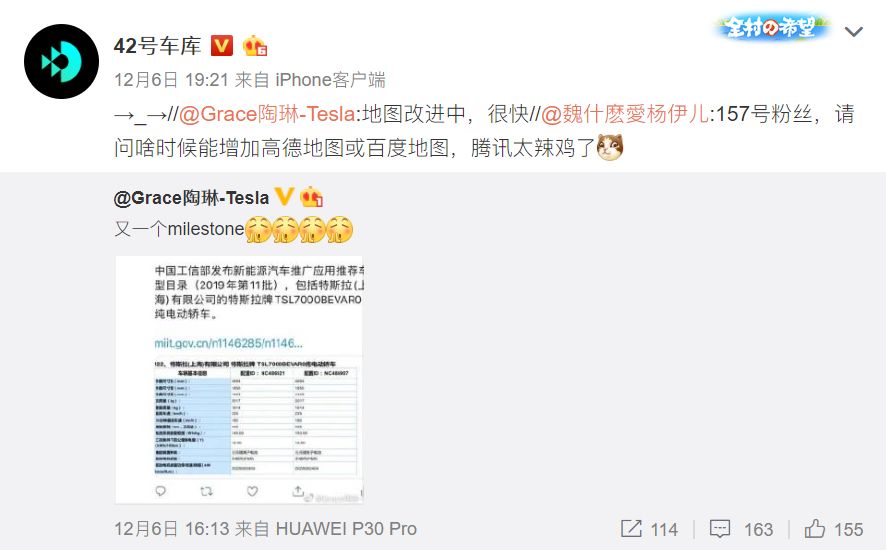
Moreover, from the reply by Chinese executives on Weibo to the owners’ feedback on the poor map usage and the upcoming launches of three games (Happy Fight the Landlord, Changed Mahjong, and Happy Upgrade), and Youku and Bilibili’s introduction, Tesla’s localization journey has started a flat out mode.
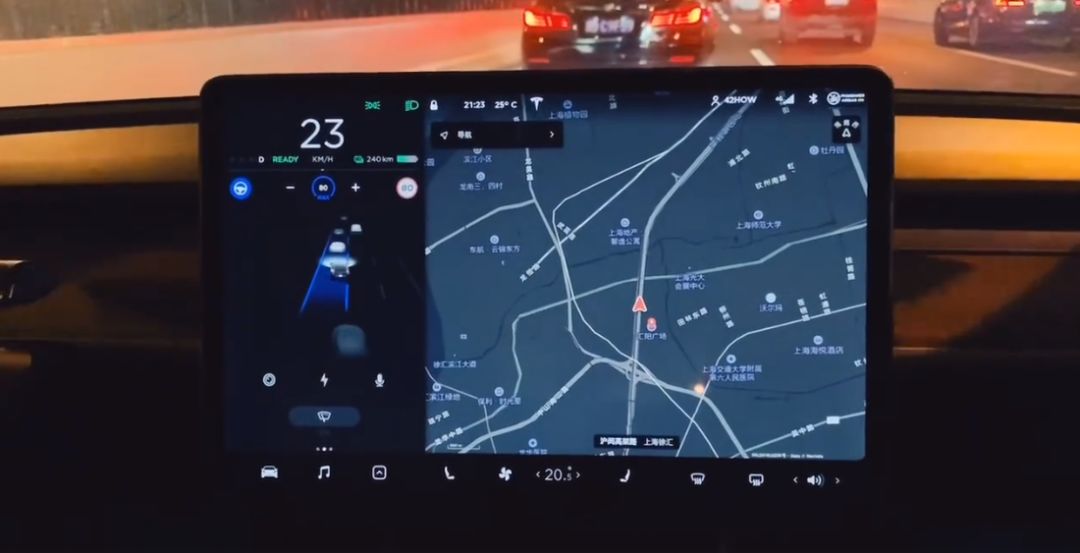
In terms of assisted driving, remembering the use of automatic turn signal with Model 3 at the beginning of the year, I think a song lyric is the most appropriate to describe it, “Come on, draw a dragon with me on the left, and a rainbow on the right.” But now, it is really sharp as a knife, with the constant optimization of the automatic lane-changing function, it has transformed from an intern driver to an experienced driver.
The subsequent newly added NoA and intelligent summon functions under the automatic guidance navigation assistance system have made many friends who have chosen FSD experience the future.
After multiple OTA upgrades this year, Model 3 has brought a new user experience, achieving from zero to one, from one to good, and from good to better in every aspect. Perhaps the differences brought by a single OTA upgrade are not obvious, but if time is extended, you can easily feel that there has been a true transformation.
Reshaping the Automotive IndustryLi Xiang once said, “In the past decade or so, the changes brought about by digital technology to our lives have been obvious, but the changes in automobiles have been very limited. Cars have clearly fallen behind in their evolution speed, and the role of transportation tools has been realized decades ago. Now, they just look better, run faster, and are safer to use.”
As digitization and networking penetrate into every corner of our lives, cars will eventually embark on the path of intelligence. Only by continuously iterating and upgrading can they truly be called smart cars. Obviously, OTA is the core foundation of intelligent cars.
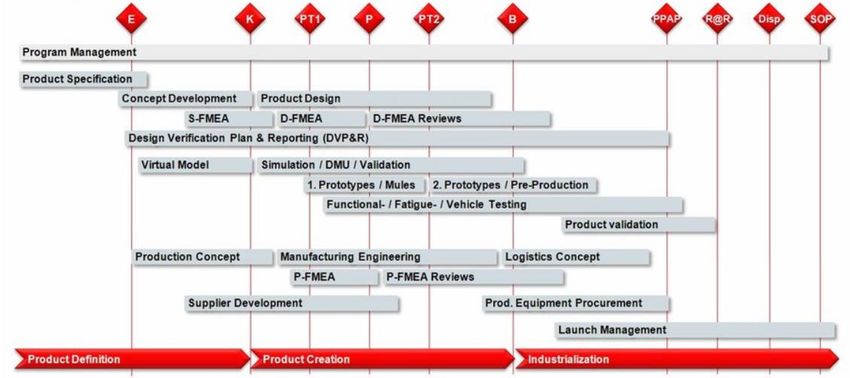
The development process of traditional cars ends from project approval to SOP (Start Of Production).
Tesla, on the other hand, has a research and development cycle from project approval to SOP, even until it is completely delisted. Through whole-car OTA, Tesla has broken the way in which traditional car manufacturers modify vehicles. For car owners, it enables continuous updates in performance and software after purchasing a vehicle. Not only that, but Tesla will also create a new era of car business models.
On December 7th, Tesla officially announced that orders after June 30, 2018, as well as standard range/standard range upgrade Model 3, will start charging $9.99 per month for network fees. If not paid, only basic navigation functions can be enjoyed. After payment, real-time road conditions, satellite maps, online videos, karaoke, online music, and web browsers can be enjoyed.
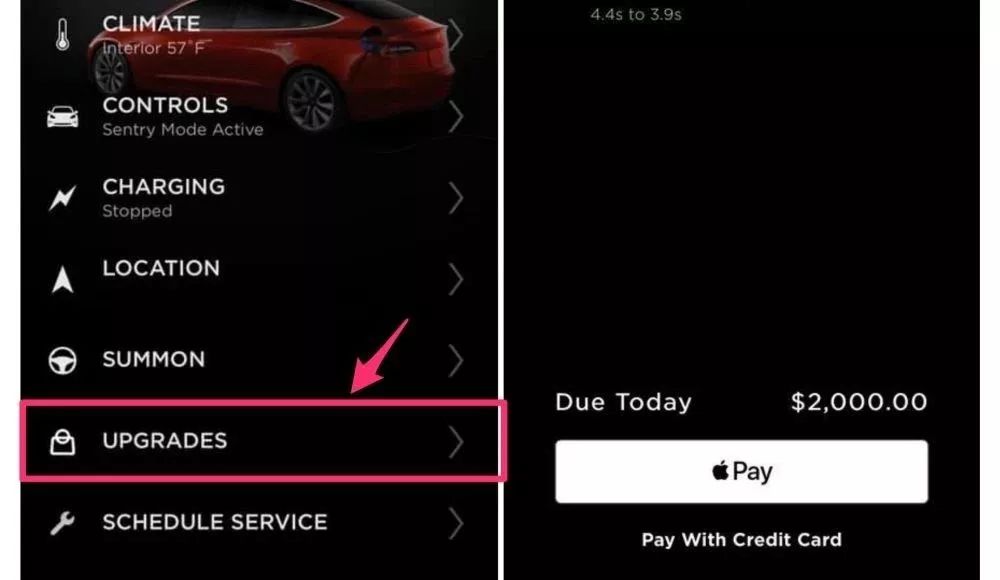
Just 10 days later, Tesla launched the Acceleration Boost upgrade package for the Model 3, which enhances acceleration capabilities at an optional price of $2,000.
Although only long-range all-wheel drive models have received the push so far, the upgraded vehicle’s 0-60mph acceleration time has been reduced from the previous 4.4 seconds to 3.9 seconds. Elon even replied to a netizen on Twitter that the Mid Range rear-wheel drive version can also be upgraded, indicating that all single motor models should be able to pay for power upgrades in the future.
As more and more features are released, it is believed that there will be various paid upgrade packages in the future. It can be seen that making cars is only the first step, and overturning the entire industry is Tesla’s dream.According to Morgan Stanley’s prediction, the current value composition of cars still relies mainly on hardware, accounting for 90%, while 60% of the future car value comes from software. At that time, the value of vehicles will no longer be determined by hardware, which is easily degraded, but by software that keeps upgrading.
Think about those vehicles without OTA, when we have them, our excitement turns into familiarity and blandness. Now, OTA not only endows vehicles with new functions and experiences but also always keeps us looking forward to and feeling fresh. This is the magic of OTA.
This article is a translation by ChatGPT of a Chinese report from 42HOW. If you have any questions about it, please email bd@42how.com.
